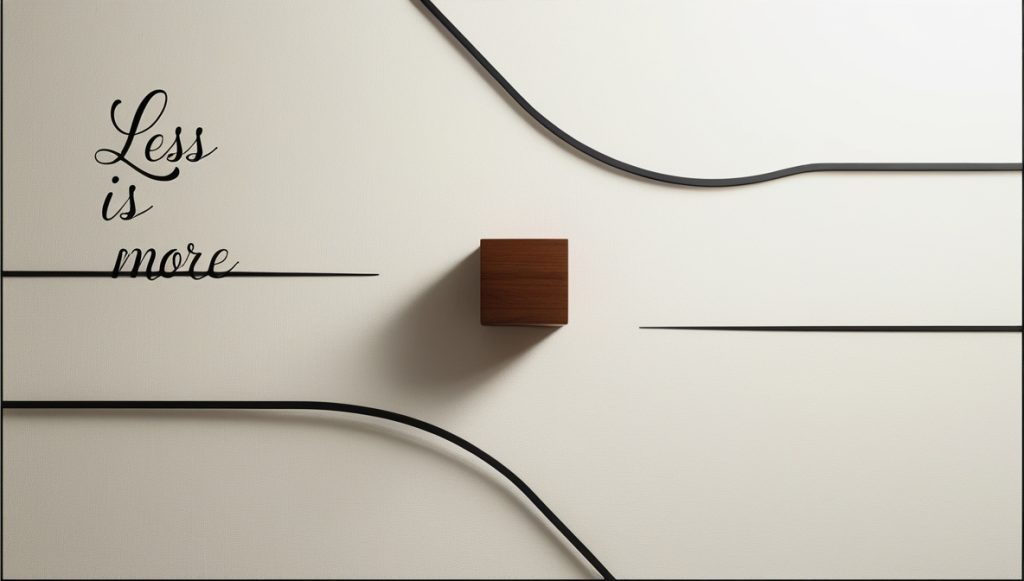Minimalism, a movement that emerged in the 1960s, represents a radical departure from the highly expressive and emotional styles that came before it, such as Abstract Expressionism. Its core philosophy, “less is more,” emphasizes simplicity, precision, and an economy of form. In minimalist art, the unnecessary is stripped away, leaving only the essential elements to convey meaning. This approach not only influenced visual art but also architecture, design, and even music and literature.
Origins and Philosophy of Minimalism
Minimalism was a response to the perceived excesses of Abstract Expressionism, which focused on intense emotional expression and spontaneous gestures. Artists like Donald Judd, Frank Stella, and Agnes Martin sought to remove personal emotion and symbolism from their work, instead focusing on purity of form and color. The movement was also heavily influenced by concepts of modernism, especially ideas about the relationship between form and function.
In minimalist art, the focus is often on geometric shapes, repeated patterns, and clean lines. The intention is not to tell a story or express a deep emotional message, but rather to create a direct, unmediated experience for the viewer. By removing extraneous details, minimalism invites viewers to focus on the materiality of the work itself—its texture, color, and shape. The viewer becomes more aware of their perception of the artwork and the space it occupies, emphasizing the experience of seeing rather than interpreting.
Techniques and Aesthetic
Minimalist artists often use industrial materials such as steel, glass, or concrete in their sculptures and installations, emphasizing the object as it is, without embellishment. In painting, minimalist works typically employ monochromatic color schemes or a limited palette, focusing on form and surface over subject matter. This reduction of elements allows the artist to explore the fundamental aspects of art: space, shape, and light.
Frank Stella, for example, is known for his “Black Paintings,” which consist of thick black stripes separated by thin white lines. The simplicity of the work forces the viewer to contemplate its structure and form, rather than searching for a hidden meaning. Similarly, Donald Judd’s three-dimensional works, often large and made from industrial materials, are designed to exist in space without representing anything beyond themselves. These pieces challenge the traditional concept of art as a representation of something else and instead present the artwork as an object in its own right.
Minimalism’s Influence Beyond Art
The minimalist philosophy of “less is more” has also had a lasting impact on fields beyond art. In architecture, minimalist design emphasizes clean lines, open spaces, and functional forms, often using natural materials like wood and stone. Architects like Ludwig Mies van der Rohe, who coined the phrase “less is more,” designed buildings that prioritize simplicity and functionality over ornamentation.
In interior design, the minimalist aesthetic translates to uncluttered spaces and a focus on essential furnishings. This approach promotes the idea that beauty and function are intertwined, with a pared-down environment leading to a more serene and focused lifestyle. Minimalism has also influenced fashion, where designers emphasize simplicity in silhouettes and color palettes.
By rejecting excess and focusing on simplicity, minimalism continues to influence not only art but also broader cultural expressions, underscoring the enduring appeal of the “less is more” philosophy.



